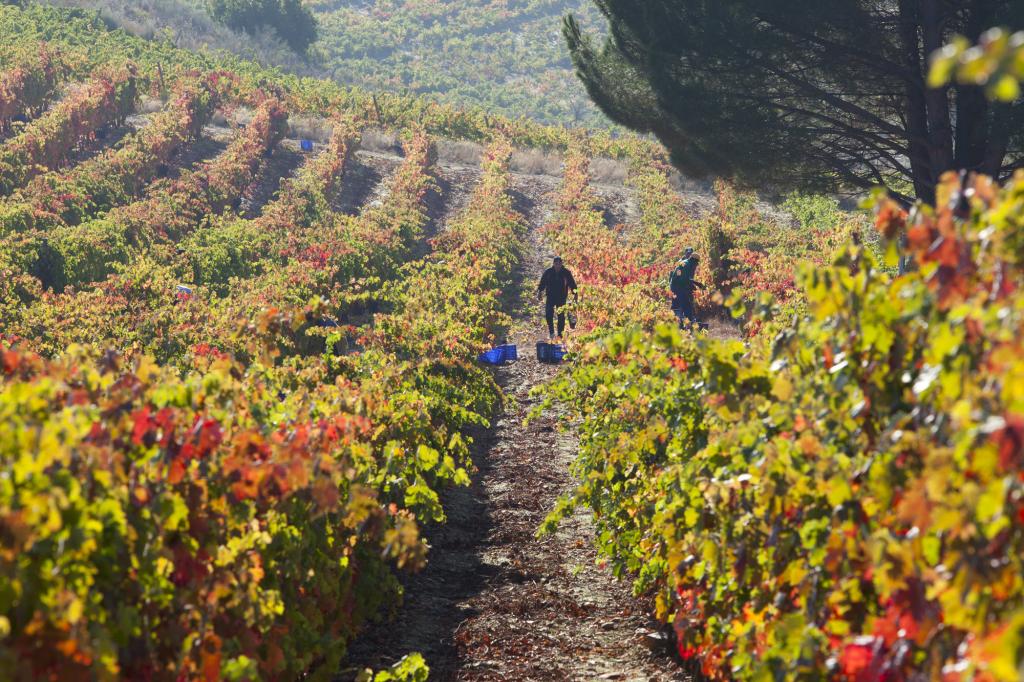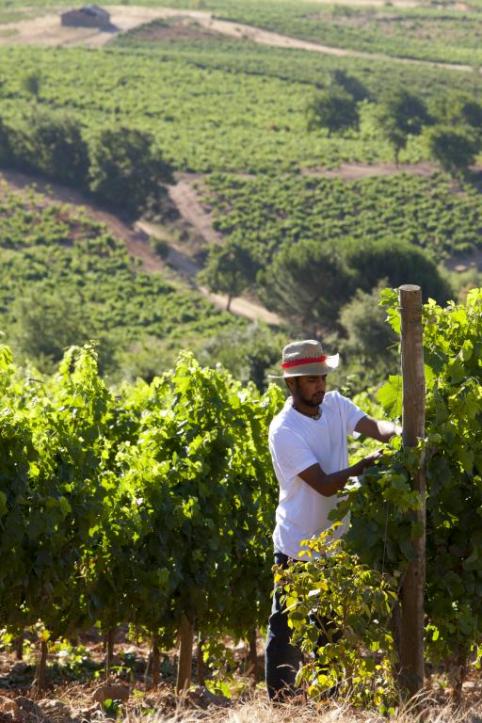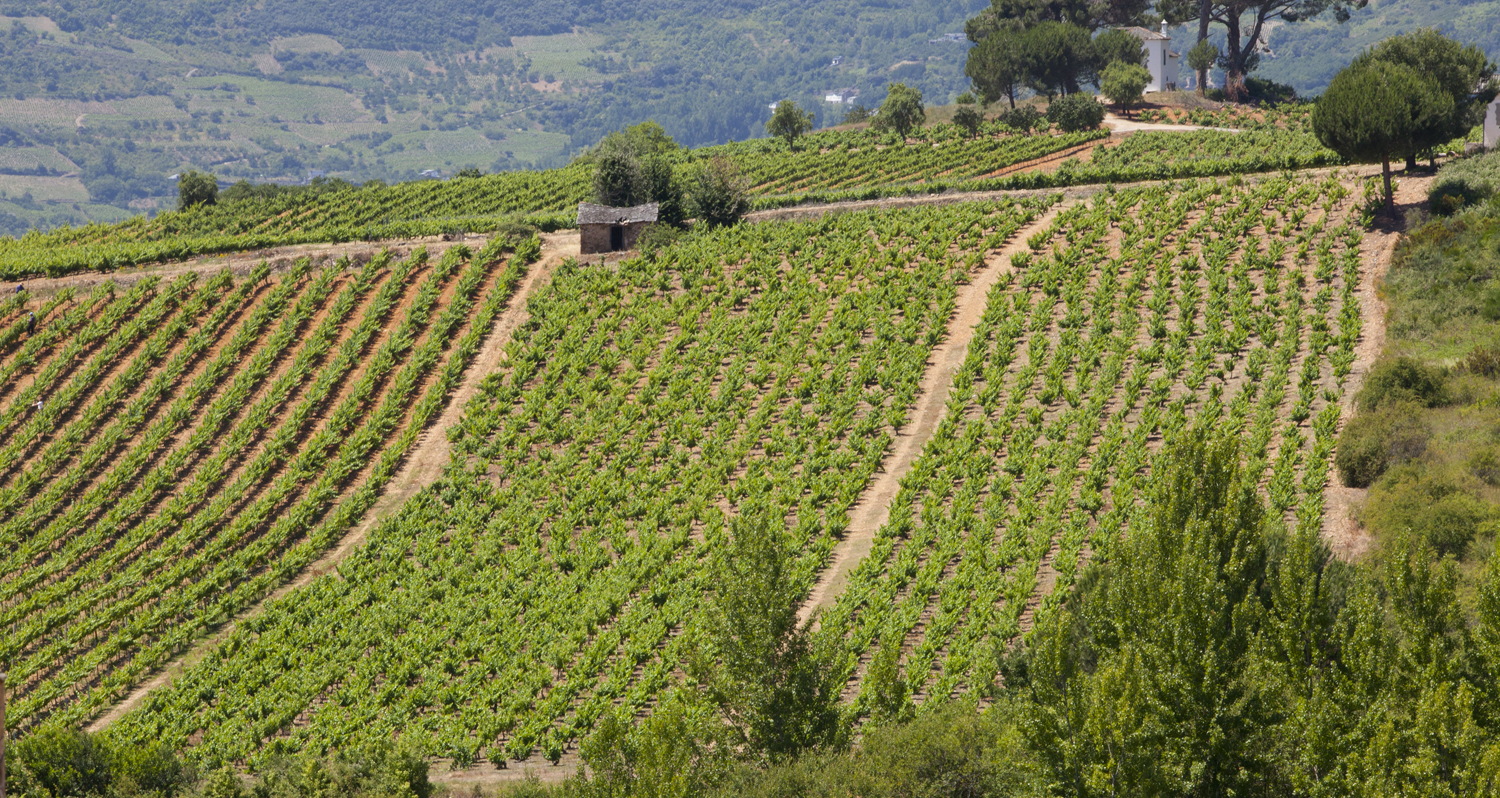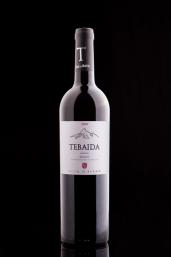
Casar de Burbia is a family winery located in a historic region with the protected designation of origin "El Bierzo", and they are devoted to producing red wines from their own vineyards.
The Fernandez Bello family started to produce wine in the ’80s by purchasing vineyards in the mountainous zones and highest areas of the valley, in Valtuille de Arriba (Leon).
The most significant assets of the winery are undoubtedly it's 27 hectares of vineyards surrounding the road to Santiago.
When the Fernández Bello family began to buy old vineyards in 1989, those on the mountain of Valtuille de Arriba were suffering gradual and evident neglect due to their limited production compared to the fertile valley. However, the value of these vineyards is currently unquestionable, both due to its steep slopes facing towards the sun, which drains any possible accumulation of excess water, as well as its altitude above 700 m, which provides a significant temperature difference between night and day.
The old vineyards needed to be regenerated since over 30 % of them were planted with white vines, mostly Palomino, a variety with little enological quality. The winery began a hard job which lasted 7 years, during which over 9,000 plants were grafted in the old existing roots. Using the most traditional grafting techniques in the zone, the 'Meseta graft', the white varieties were replaced with the blue-ribbon variety in the area, Mencia. All this effort, now bearing fruit, meant a regeneration of vineyards which was unmatched in El Bierzo region. One of the fruits of all this hard work was TEBAIDA -

TEBAIDA - Casar de Burbia

D.O. Bierzo Red Aged minimum 16 months in French (Allier and Troncais) oak barrels 100% old-vine Mencía grapes
• Robert Parker, The Wine Advocate (June 2009)- 91+ points
• Wine & Spirits Magazine 2009 - 91 points
• Stephen Tanzer’s International Wine Cellar (91 puntos)
• Peñín Guide 2010 (Tebaida 2007) - 92 points
• Robert Parker, The Wine Advocate (April 2008)- 92 points
• Peñín Guide 2009 (Tebaida 2006) - 91 points
Tebaida is made from a selection of the grapes from the different estates of Viña San Salvador, El Castañal, and Viña Sapita, which boast some of the bodega’s richest vineyards owing to their altitude at over 700 metres above sea-level, their orientation and  their century-old status.
their century-old status.
The terroir, typical of these estates, is more extreme and largely made up of slate with traces of other minerals such as iron and aluminium.
Harvesting is carried out by hand, as is the crushing process. Alcoholic fermentation takes place at a temperature of 24-25ºC in 5.000-litre capacity stainless steel vats, where extraction is maximised to the full. The wine is then subject to malolactic fermentation in French (Allier and Troncais) oak barrels, and aged for a minimum of 16 months.